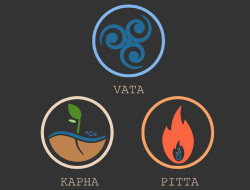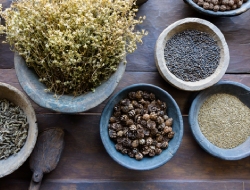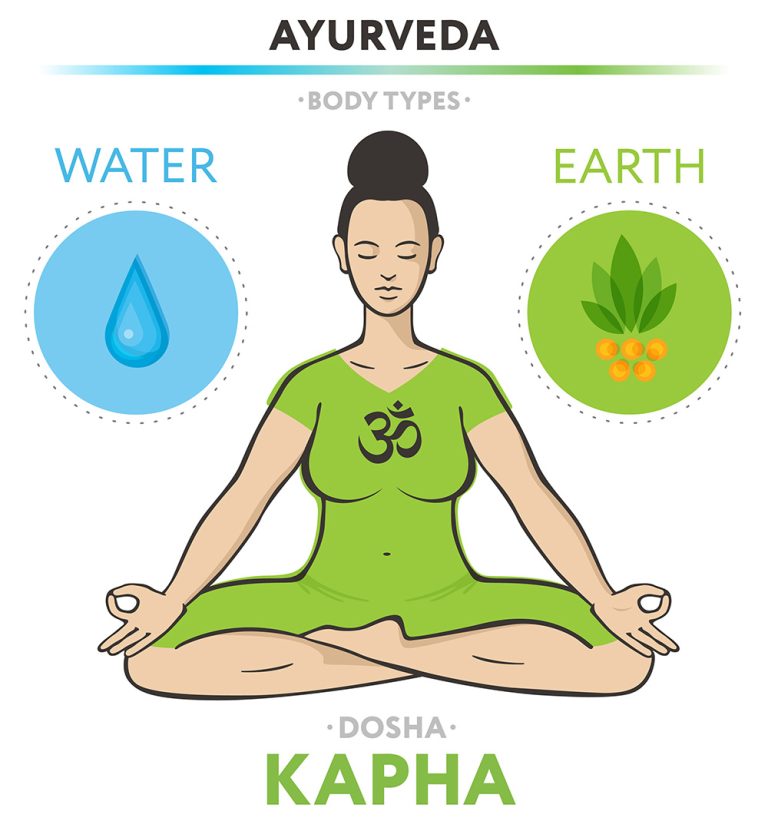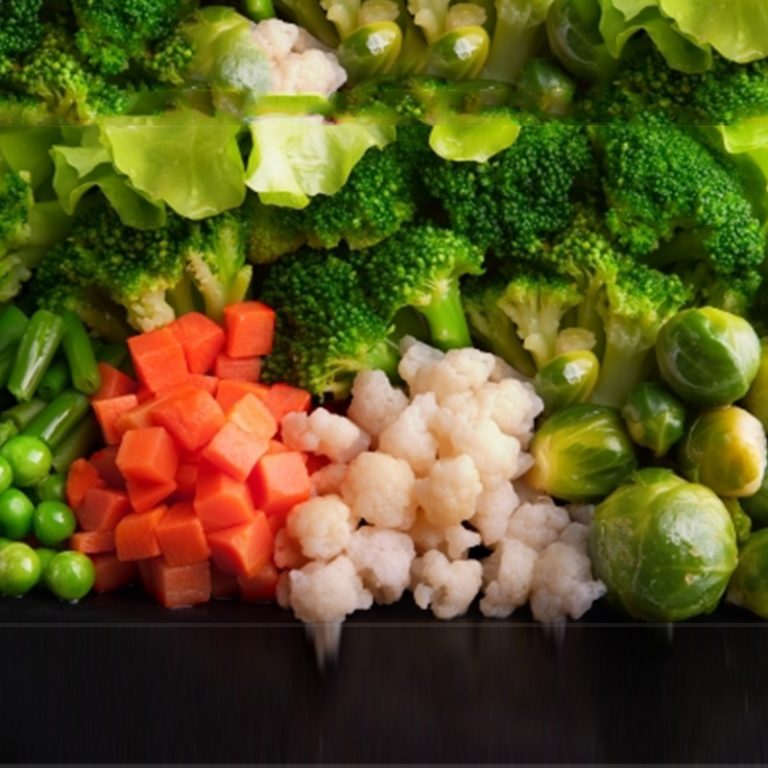Against The Grain? – What′s Wrong With Wheat?
For countless years bread has been the staple of our diet. However, with allergies reaching epidemic levels it has become fashionable to place the blame on a number of common foods, and wheat heads the list of likely allergens. How can this have come about?
Rather than demonise wheat and bread totally it might be more appropriate to look at the way in which they are manufactured nowadays, and at how they are commonly eaten.
A grain of wheat contains 2-3% germ, 13-17% bran and 80-85% endosperm. The bran, which makes up the outer layers of the grain, is rich in vitamins and minerals, and more than half of it consists of fibre. The germ is also an excellent source of minerals and it is high in protein. The endosperm, however, is almost entirely composed of starch; it is the food reserve of the growing plant. Whole grain flour retains the bran and the germ but most white flour consists almost entirely of endosperm that has been ground down into a fine powder. Bran is removed to improve the storage capabilities of the flour and the refined product is bleached and has further chemicals added to prolong its life. Even so-called wholemeal flour is generally denatured in a similar fashion.
Bread produced from flour manufactured in this way has little nutritional value. Furthermore, being made from such finely ground flour and lacking fibre it clogs the gut like glue and impedes peristalsis. The end result is a slowing down of the entire metabolic process. At the other extreme, to consume bread high in wheat germ would put too much of a load on the digestive system. The ideal is to use flour that contains all the original ingredients in the same proportions as in the original kernel. Unfortunately it is a modern trend to utilise parts of foods rather than to consume them in their complete, balanced state.
One of the healthiest forms of wheat is cracked wheat, used extensively in India where it is known as ‘daliya’. It is made by crushing raw kernels of wheat into asymmetrical pieces, which are then incorporated into breads, such as chapatti, or used as a base for meat or vegetable dishes. Wheat is much more effectively digested if it is consumed together with protein. Other good combinations are leafy vegetables, ghee, milk or yoghurt. It has excellent laxative properties and is a superb energy food; mixed with mung beans it gives great stamina and is a very good adjunct to yoga practice.

*Discover holistic healing with a complimentary phone or video consultation from our expert Ayurvedic practitioner. Start your path to better health today!*























